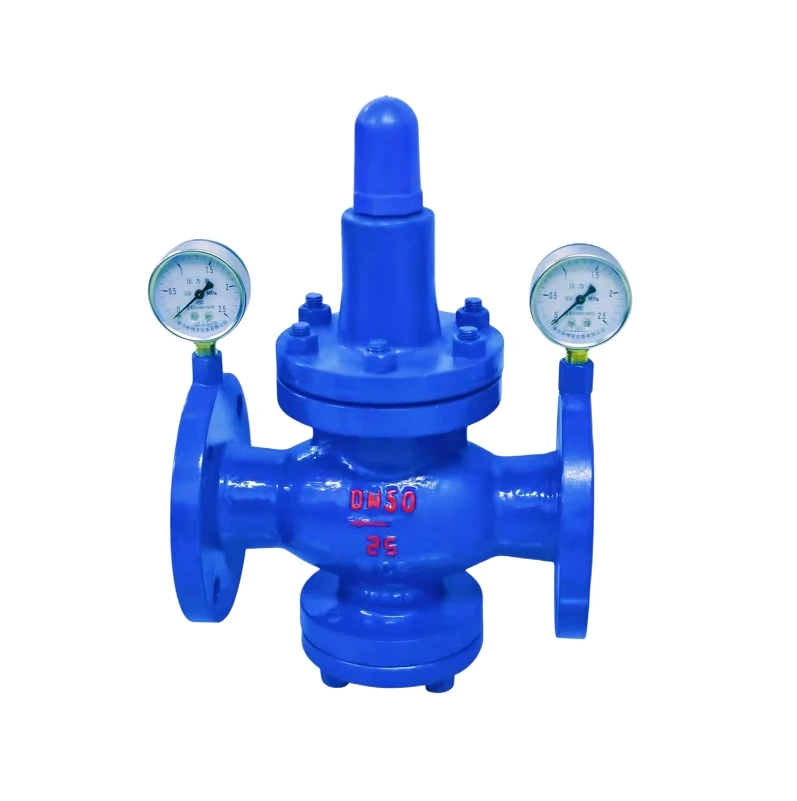Understanding the Functionality and Importance of Air Relief Valves in Plumbing Systems
Understanding Plumbing Air Relief Valve Importance, Function, and Maintenance
In any plumbing system, the efficient flow of water is paramount for its proper functioning. However, without the right components, the system can face various issues, one of which is air accumulation. This is where the plumbing air relief valve comes into play. It is a crucial component designed to address air buildup in the piping system, ensuring smooth and effective water flow.
What is a Plumbing Air Relief Valve?
An air relief valve is a device installed in plumbing and drainage systems that releases trapped air from pipes. It functions automatically, opening whenever the internal pressure of the pipe system exceeds a certain threshold, which allows the excess air to escape. Once the pressure stabilizes, the valve closes, preventing any backflow of water. This mechanism helps maintain optimal pressure levels within the pipes, crucial for the overall efficiency of the plumbing system.
Importance of Air Relief Valves
1. Preventing Water Hammer A common issue in plumbing systems is water hammer, which occurs when a valve closes suddenly, causing a shockwave in the pipeline. This can lead to significant damage over time, including burst pipes. An air relief valve helps mitigate this risk by allowing air to escape and equalizing pressure, reducing the likelihood of abrupt pressure changes.
2. Maintaining Water Flow Efficiency Air buildup in pipes can cause blockages and hinder water flow. By preventing air from accumulating, air relief valves ensure that water can flow smoothly and freely, enhancing the overall efficiency of the plumbing system.
3. Extending Pipe Life Consistent air accumulation can lead to corrosion and deterioration of pipes. By releasing excess air, air relief valves help minimize the internal pressure on the pipes, potentially extending their lifespan.
4. Reducing Maintenance Costs Regular issues such as leaks and bursts can lead to expensive repairs. An air relief valve helps prevent these problems before they occur, resulting in reduced maintenance costs over time.
Types of Air Relief Valves
There are several types of air relief valves available, each serving specific functions
plumbing air relief valve

1. Automatic Air Vents These are self-operating valves that automatically release air without manual intervention. They are commonly used in heating systems and require minimal maintenance.
2. Manual Air Vents These valves require manual operation, allowing the user to release trapped air as needed. They are typically used in smaller plumbing systems.
3. Combination Air Valves As the name suggests, these valves combine the features of both automatic and manual valves. They can automatically release air while also allowing for manual venting when necessary.
Maintenance of Air Relief Valves
Proper maintenance of air relief valves is essential to ensure they function effectively. Here are some tips
1. Regular Inspection Routine checks for signs of wear or damage can prevent malfunctions. Inspect valves for leaks, corrosion, or any blockages.
2. Cleaning Dust and debris can accumulate in and around the valve, affecting its performance. Regularly clean the area to ensure smooth operation.
3. Testing Periodically test the valve to ensure it opens and closes properly. If it fails to operate as intended, it may need to be repaired or replaced.
Conclusion
In conclusion, a plumbing air relief valve is an essential component in managing air pressure and ensuring the seamless flow of water within a plumbing system. Its role in preventing water hammer, maintaining water efficiency, and prolonging the lifespan of pipes cannot be overstated. Regular inspections and maintenance of these valves will ensure their longevity and optimal performance, ultimately contributing to the overall effectiveness of the plumbing system. By understanding the significance and functionality of air relief valves, homeowners can better safeguard their plumbing infrastructure.
-
The Smarter Choice for Pedestrian AreasNewsJun.30,2025
-
The Gold Standard in Round Drain CoversNewsJun.30,2025
-
The Gold Standard in Manhole Cover SystemsNewsJun.30,2025
-
Superior Drainage Solutions with Premium Gully GratesNewsJun.30,2025
-
Superior Drainage Solutions for Global InfrastructureNewsJun.30,2025
-
Square Manhole Solutions for Modern InfrastructureNewsJun.30,2025
-
Premium Manhole Covers for Modern InfrastructureNewsJun.30,2025
